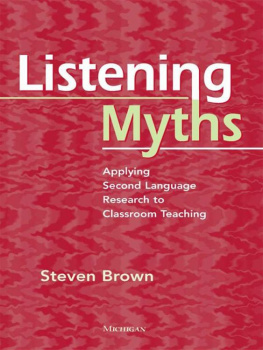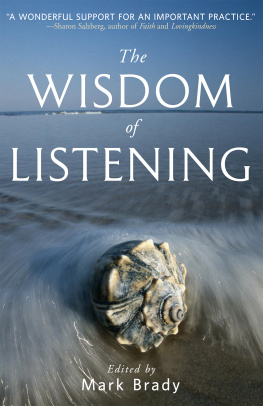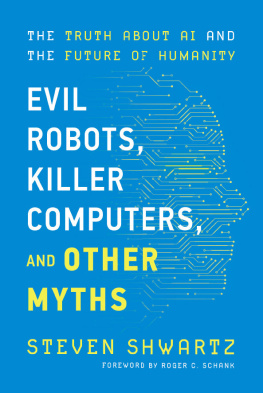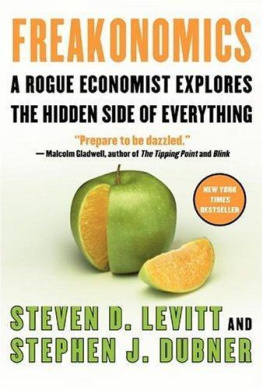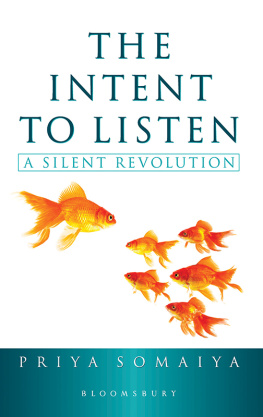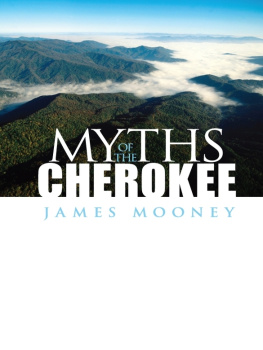The presentations of tables, figures, and/or images are dependent on the device and display options. Some image content or language characters may have been removed or may be altered depending on the device used to read this eBook.
Copyright by the University of Michigan 2011
All rights reserved
Published in the United States of America
The University of Michigan Press
Manufactured in the United States of America

Printed on acid-free paper
ISBN-13: 978-0-472-03459-8
2014 2013 2012 2011 4 3 2 1
No part of this publication may be reproduced, stored in a retrieval system, or transmitted in any form or by any means, electronic, mechanical, or otherwise, without the written permission of the publisher.
ISBN 978-0-472-02985-3 (electronic)
Acknowledgments
Very special thanks to:
Marc Helgesen for nearly thirty years of excellent conversation about listening, ELT, and life. The influence of our work together on several editions of English Firsthand, Practical English Language Teaching: Listening , and the first edition of Active Listening permeates this book. Marc also read a draft of the manuscript.
Michael Rost for teaching me a great deal of what I know about listening, through his research and also through talking over what must be hundreds of listening tasks in twenty-five years as an editor and writer.
Neither is responsible for my conclusions here.
The English department at Youngstown State University, Ohio, USA, is the antithesis of all those English departments depicted in academic novels; it is sane, supportive and focused on students. Thanks to chair Gary Salvner for his support of my scholarship over the years.
Many of the ideas in this book were tried out at presentations at the JALT conference in 2006 and at several venues in Taiwan in spring 2007 during my time as a visiting professor at Lunghwa University of Science and Technology. Feedback from the participants was helpful.
Thanks also go to Dorolyn Smith, who provided a story for .
At Youngstown State University, thanks to Rebekah Hoy for bibliographic and editing assistance, for suggestions on a draft of the manuscript, and for keeping another project running smoothly during summer 2010, and to the Youngstown State University School of Graduate Studies and Research for funding her assistantship. Ellen Wakeford-Banks in Interlibrary Loan at Maag Library helped me a great deal.
Finally, thanks to Kelly Sippell and the terrific staff at the University of Michigan Press. They are always a pleasure to work with.
Introduction
Reading through the listening research, I was struck time and again by the complaints that listening was under-researched. Of course, researchers often say that sort of thing to boost the importance of their own contribution. However, the fact that listening is under-researched is partially true in the sense that listening research, and practice, has tended to get stuck in grooves, in which hot topics like schema and strategies get extensively discussed and even get transmitted into the classroom as dogma, while topics like bottom-up listening and the role of vocabulary, because they are perceived as unimportant, get ignored. So, the time for a book that questions listening myths has come.
One of the possible reasons that listening has been under-researched is that it fits uneasily into the mainstream second language research paradigm. Listening was for a time seen as the driver of second language acquisition, when comprehension approaches like Krashen's (1982) held sway. And yet even then the focus was on acquisition, not the process of listening itself. Every theory of language acquisition has a place for input, whether listened to or read. However, the actual psycholinguistic process of listening and its development tends to be assumed, except by those who study it professionally. Researchers and classroom teachers tend to assume that listening will develop as proficiency increases. Even programs that have classes dedicated to listening often see listening as lecture listening and the class as a place to teach note-taking. The role of listening in interactive speaking activities like pair work might be addressed, if at all, by teaching clarification language like, Could you repeat that, please?
My view is that listening is a skill to be developed, just like any other skill. I think those who say it's enough to teach strategies see only part of the puzzle. Strategies are a piece of the puzzle, but it's a big-kid's puzzle. While many tend to treat listening as something that will emerge from practice activities, others seem to regard listening practice as time-killing. Skills take practice! If the claim for the ineffectiveness of practice is that teachers turn on the audio, ask some questions, and call it teaching listening, well, yes, that's not very effective. It's also not what I would call practice. Perhaps I'm being nave, and the good practices of years of good colleagues have blinded me to what is really going on. In any event, I hope this book points the way to a principled approach to teaching listening informed by both research and experience.
The Contents lists the eight myths of listening around which this book is based. While I started with the myths, I've tried to write this book as a response to current research and I've let that research drive the internal organization of the chapters. I think the result is a fairly comprehensive look at listening, though because this is a book for a wide audience and because research goes in cycles, there are doubtless areas that are not covered as fully as some would like. A sort of alternative contents that points out some of the themes is given here.
Listening is a meaning-making activity. ()
Listening is an active process that makes use of background knowledge (previous experience, knowledge of topic, situation, and context), as well as knowledge of language forms (vocabulary, grammar, pronunciation, etc.). ()
Listening also makes use of bottom-up processes, including phonological and word recognition processes. ()
Listening is difficult for many interesting reasons. ()
Listening takes many forms. ()
Listening is social as well as individual. ()
Listening can be taught in many ways in the classroom. ( Myths )
This book follows the format of other Myths books published by the University of Michigan Press. Each chapter begins with In the Real World , an anecdote to ground the chapter in teaching and learning. The second part of the chapter looks at What the Research Says . Finally, What We Can Do suggests practical activities that logically follow from the research.
The purpose of this book, like its sister volumes in the Myths series, is to have a conversation with the reader about applications of research to language teaching. The tone is consciously conversational and informal, meant to replicate that of a teacher's room. So, perhaps an introduction is in order to contextualize the real world anecdotes in each chapter. Feel free to move on to if you're not interested in my background and prejudices.
Cherryland, the unincorporated area of Alameda County, California, where I grew up, was part of the second-largest Portuguese-American enclave in the United States (the largest being in Massachusetts). My mother's family was Portuguese-American, and my great-grandmother spoke with the accent of one who had learned English as an adult. She was a proud American, though, and admonished those who spoke Portuguese on buses, You in America now. Speak the English! My family followed the classic American pattern of losing the language in three generations, so my sister and I speak no Portuguese. My father's family was here in colonial times and worked its way across the South until my father moved to California as a teenager. His grandfather spoke French, though whether as an immigrant or a Cajun is unclear.
 Printed on acid-free paper
Printed on acid-free paper
